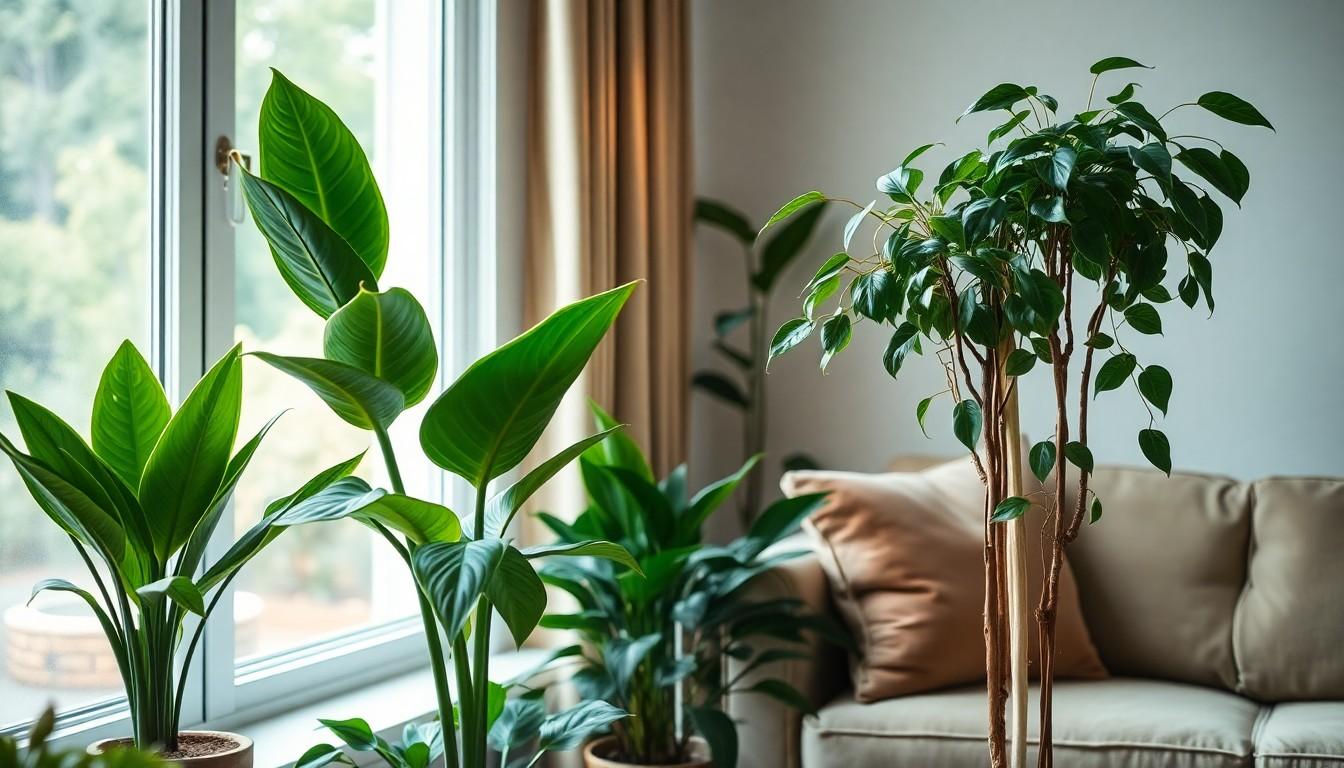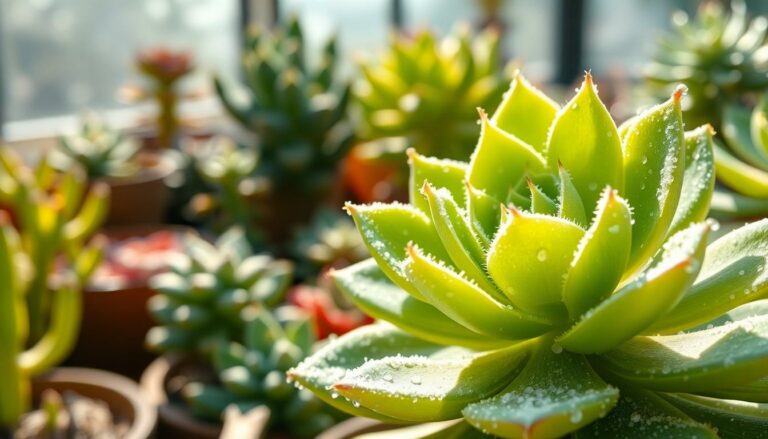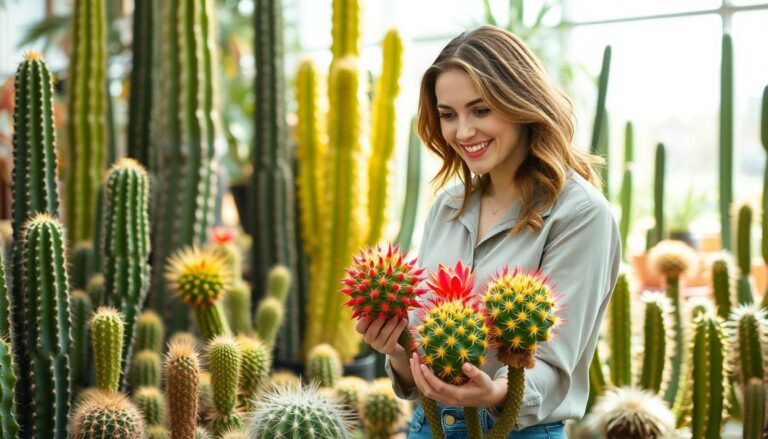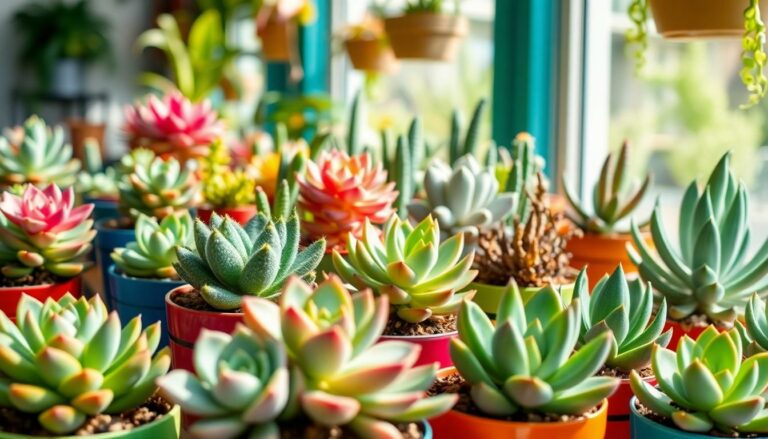Imagine transforming your home into a lush oasis without worrying about whether your plants will thrive or just throw a tantrum. For those who lack the sun-soaked windows or simply forget to give their leafy friends a daily pep talk, low-light indoor plants are the unsung heroes of home decor. These green warriors don’t need much light to flourish, making them perfect for busy folks or anyone with a tendency to let their plants play hide and seek in the shadows.
Benefits Of Indoor Plants That Don’t Need Much Light
Low-light indoor plants offer numerous advantages for both aesthetics and well-being. First, these plants enhance indoor air quality by filtering toxins. Research indicates that plants like the Snake Plant and Pothos absorb harmful substances, promoting a healthier living environment.
Additionally, they contribute to mood improvement. Studies show that greenery can reduce stress and anxiety levels. Surrounding oneself with plants creates a calming atmosphere, which aids mental clarity.
Another significant benefit lies in their adaptability. Many of these plants tolerate neglect, making them suitable for busy lifestyles. Individuals who may forget regular watering can still enjoy vibrant greenery without the worry of plant mortality.
Moreover, these plants can flourish in various spaces. Whether in low-light rooms or offices without windows, resilient varieties thrive, bringing life to otherwise dull areas. Their versatility allows for creative arrangements that enhance personal spaces.
Finally, low-light plants require minimal maintenance. Basic care such as occasional watering and wiping leaves ensures they remain healthy. This ease of care appeals to both novice and experienced plant owners seeking hassle-free greenery.
The benefits of indoor plants that don’t require much light encompass improved air quality, stress reduction, adaptability, versatility, and low maintenance. These features make them ideal companions for enhancing indoor living experiences.
Top Indoor Plants That Don’t Need Much Light
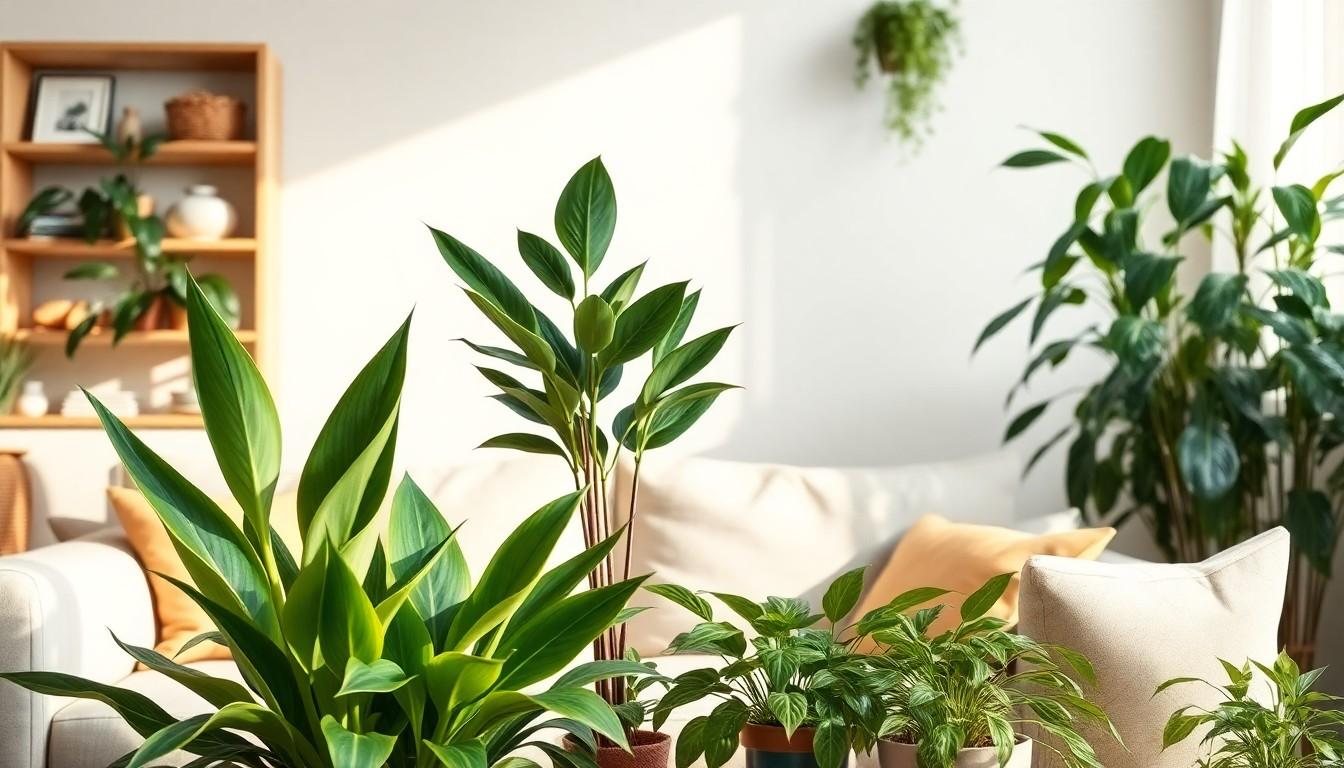
These low-light plants thrive in dim conditions, making them perfect for homes or offices with limited sunlight.
Snake Plant
Snake plants, also known as Sansevieria, adapt well to low-light environments. They require minimal watering, making them a low-maintenance choice. Varieties include the classic green and the variegated version, offering aesthetic variety. Snake plants improve indoor air quality by filtering toxins. These resilient plants can tolerate neglect, thriving even in harsh conditions, which appeals to both novice and experienced plant owners.
ZZ Plant
ZZ plants feature glossy leaves that enhance any low-light space. Its scientific name, Zamioculcas zamiifolia, reflects its exotic appeal. Water this plant infrequently, allowing the soil to dry between waterings. Resistance to pests and diseases makes ZZ plants particularly robust. Its ability to flourish with little care and minimal light has earned it a favored spot among indoor plant enthusiasts.
Pothos
Pothos plants exhibit heart-shaped leaves that add vibrancy to indoor settings. Considered one of the easiest houseplants to grow, they adapt to various light conditions, including low light. Their trailing vines can be trained to climb or spill over shelves, providing versatility in display options. Pothos also improves air quality while requiring only occasional watering, making them a great choice for busy lifestyles.
Spider Plant
Spider plants, scientifically known as Chlorophytum comosum, present arching leaves that create a lush, green appearance. They thrive in indirect sunlight, making them ideal for darker rooms. With minimal care, spider plants produce “baby” plants, which can easily be propagated. Excellent air-purifying qualities contribute to overall indoor wellness. These resilient plants adapt well to various environments, making them perfect companions in any indoor setting.
Care Tips For Low-Light Indoor Plants
Low-light indoor plants require specific care to thrive in their unique environments. Understanding their needs helps ensure healthy growth.
Watering Guidelines
Watering low-light indoor plants demands attention to individual plant requirements. Typically, these plants prefer less frequent watering than those exposed to bright light. Overwatering often leads to root rot; therefore, allowing the top inch of soil to dry out before the next irrigation is essential. Monitoring moisture levels ensures the plants receive adequate hydration without becoming waterlogged. During winter months, many plants enter dormancy, further reducing water needs. Check each plant’s response after watering to determine if adjustments are necessary.
Soil Requirements
Soil choice significantly impacts the health of low-light indoor plants. A well-draining potting mix suits these plants best, providing aeration while retaining some moisture. Using a blend containing peat moss, perlite, or orchid bark promotes proper drainage. Adjusting the soil composition based on specific plant types can optimize growth conditions. For example, a Snake Plant thrives in a sandy mix, whereas a ZZ Plant prefers slightly denser soil. Regularly checking soil quality and replacing it every couple of years keeps indoor plants flourishing.
Common Myths About Low-Light Plants
Many people believe low-light plants can survive in complete darkness. In reality, these plants thrive in indirect or filtered light, not absolute absence of light. Some might think all indoor plants that tolerate low light require no maintenance. While they need less attention than others, occasional care is essential.
Another common myth is that low-light plants grow slowly and exhibit poor health. Contrary to this belief, many of these plants can enjoy healthy growth and even produce vibrant foliage under the right conditions. It’s often assumed that low-light plants are limited in variety and aesthetic appeal. In fact, a wide range of options, like Snake Plants, ZZ Plants, and Pothos, offers diverse shapes and colors to fit various decor styles.
People also mistakenly think that low-light plants don’t purify the air. Research indicates that many low-light varieties effectively filter toxins and improve indoor air quality, offering significant health benefits. Additionally, some believe that every low-light plant can survive neglect indefinitely. While these plants are resilient and can endure occasional neglect, regular watering and care remain crucial for their long-term success.
Another misconception suggests that low-light plants do not deal well with temperature fluctuations. Proper acclimatization ensures they can adapt to slight changes, making them suitable for various indoor environments. Overall, addressing these myths helps in selecting and caring for low-light plants effectively, enhancing indoor spaces without undue worry.
Conclusion
Low-light indoor plants are a fantastic choice for anyone looking to enhance their living space without the hassle of extensive care. They not only add a touch of greenery but also improve air quality and create a calming atmosphere. With a variety of options available like the Snake Plant and Pothos, there’s a perfect plant for every home or office.
By selecting plants that thrive in low-light conditions, individuals can enjoy the benefits of nature indoors. These resilient companions require minimal maintenance and adapt well to various environments. Embracing low-light plants can transform any space into a vibrant oasis while fitting seamlessly into busy lifestyles.

